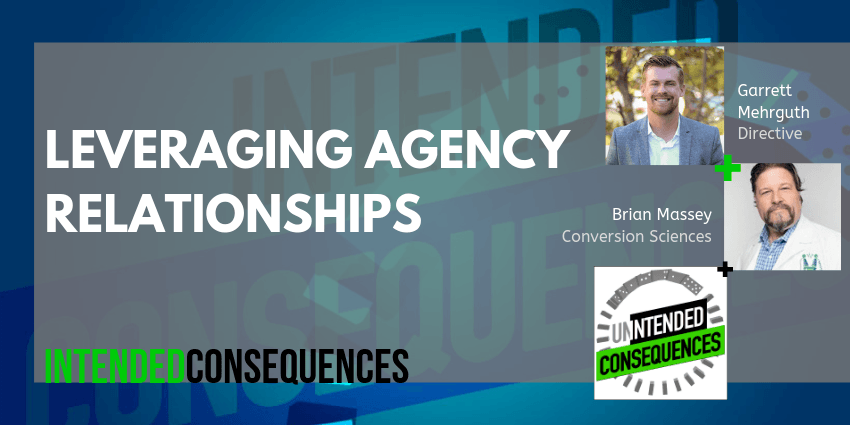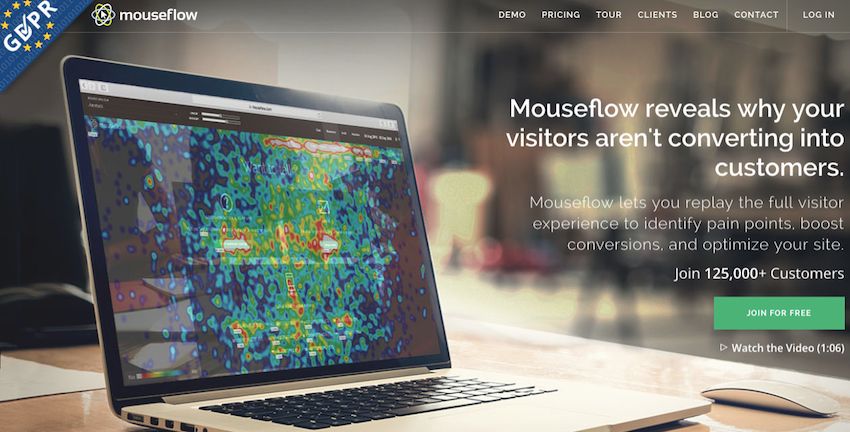How is conversion optimization ensuring that website redesigns always deliver an improvement in performance? Brian Massey and Joel Harvey can tell you. And they do.
Poker is one of those games that, like digital marketing, requires a left-brain/right-brain approach. To begin with, good poker players know the percentages. They know that the two four’s in their hand gives them a 12% chance of winning in a typical game. That’s their left-brain, data-driven knowledge.
Then you add in all of the right-brain stuff. Emotion. Reading the other players’ faces. Controlling your own face. Tells. And past behaviors.
Yep, that’s digital marketing. But there’s one move that throws all of that out the window.
You may have seen it in the World Series of Poker on TV, or in a James Bond movie. One player pushes his entire stack of chips into the center of the table and says, “All in”. What he’s saying is, if he loses this hand, he loses everything. All of the other players have to ask themselves, “WIll I match his entire stack?” or should I get out now.
Going all in smashes everything. It may mean that you’re ignoring the data in one big high-stakes bluff. Or it may mean that you’re trying to ratchet up the emotion, scaring the rest of the table into making a bad decision.
There is an equivalent to “going all in” in digital marketing as well. It’s called a website redesign.
This is one of the biggest budgeted projects a company will do. When someone throws a lot of money at the marketing department, it can be hard to resist.
Sure, it could have a huge impact on the financial prospects of the firm. It can also cause you to lose everything.
Poker players have one advantage over digital marketers when going all in: They can see their cards. They know their percentage. Digital marketers? Well, they have past performance from the current site..
But do they use it?
On today’s show, I’m pulling in Joel Harvey – Chief Operating Officer at Conversion Sciences. Joel’s role is to make sure we live up to our company motto: “Always deliver remarkable results.”
Check out our conversion-centered website redesign method that guarantees results in weeks, not months.
Joel and I are talking website redesigns today. And we’re going to tell you something that may blow your mind. Website redesigns don’t have to be an all or nothing hand. You don’t have to push all of your budget in and wait 3, or 6 or even 12 months later.
Listen to find out how we stack the odds in our favor, guaranteeing a winning hand.
- The website redesign needs to be profitable – not pretty.
- Users tell you what they think you want to hear.
- Slow and steady wins the [website redesign] race.
- Demand data.
When an agency comes to you and asks you to pick something, that’s an opportunity for you to say, “Wait a minute! You guys go off and collect some data and tell me which one of these is going to be victorious.” You shouldn’t be guessing. They shouldn’t be guessing.
Website Redesign Tip
The all-in approach isn’t just limited to website redesigns. Individual campaigns are usually all-in affairs as well.
When you get back to the office, open a spreadsheet and start writing out the assumptions that you’re making when designing that email, social media ad, or landing page.
You should quickly have a few dozen.
- “We need to be clever in our headline”
- “We need to have a picture on the page”
- “We need icons on our website.”
- “Video is required.”
Many of these may be well supported by past experience or best practices.
For each, you should ask, “Do I have a way of finding out if this assumption is a good one.”
You may be able to look at the performance of past pages. You may be able to see which email subject lines worked best in the past. You may create different versions of ads and see which delivers the best result.
Now you’re looking at your cards, and you’ll rarely win a hand if you don’t.
Resources and links discussed
- Follow Brian on Twitter @bmassey
- Get a free Conversion Consultation















